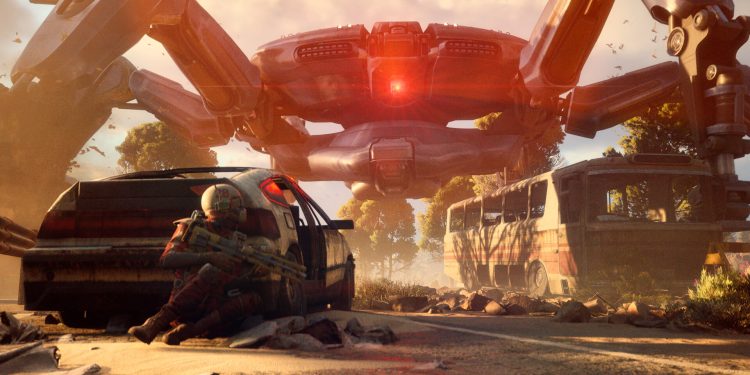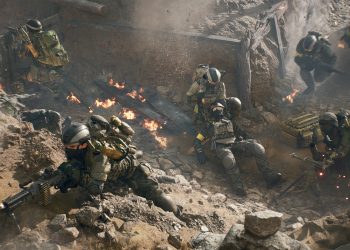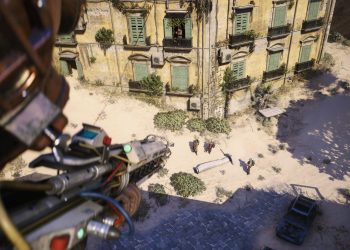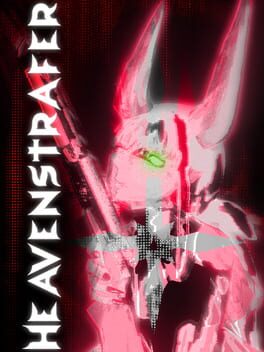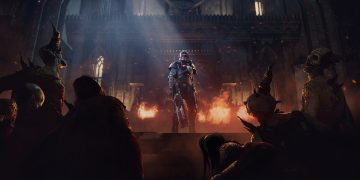Multiplayer success in 2025 is increasingly as much about who can run on older rigs as it is about who looks the prettiest. Arc Raiders and Battlefield 6 have proven the point with significant player counts and surprisingly modest system requirements.
Arc Raiders hit its launch hard, with more than 350,000 players trying to join servers over a single weekend. The game ships with minimum specs that read like a history lesson – an Intel Core i5 6600K CPU and a GTX 1050 Ti or RX 580 GPU are enough to get people in the door. That combination, plus focused optimisation work from the developer, means a new Unreal Engine 5 title can still be friendly to older PCs.
Battlefield 6 doubled down on the same idea in its own way. Battlefield Studios leaned on a long history with the Frostbite toolset to squeeze performance from a demanding AAA shooter, and the result was a peak of 747,000 concurrent players on Steam, with reports that the game is still playable on a 4 GB RX 570 with reduced settings. That kind of accessibility turns curious onlookers into active players, and in multiplayer that network effect matters a lot.
There are tradeoffs, of course. Hitting a wide range of hardware often means offering preset tiers, resolution or texture compromises, and more time spent profiling and testing low-end configurations. But when a title can attract hundreds of thousands or even millions of players at launch, those engineering hours can pay back in engagement and longevity. Not every big multiplayer release follows this route. Borderlands 4 has leaned into high-end features and third-party upscaling tech to hit visual targets, and that approach is easier for a series with a huge built-in audience. Monster Hunter Wilds is another reminder that a strong name can still pull massive peaks, but technical problems and demanding specs can hurt sustained sales and long-term player retention.
This is where community pressure and market signals come into play. Players reward games that run well on humble systems with time and active populations, and developers who prioritise performance can make their playerbase more inclusive. If you want hundreds of thousands of people jumping into a match on day one, you should probably plan to set your minimum spec so the average PC can meet it.
We previously covered Arc Raiders in our Arc Raiders play test, and the early impression that optimisation was a focus appears to be borne out by the launch numbers and hardware notes. In short, 2025 is shaping up to be a reminder that optimisation still matters. Developers who put in the time to make games play smoothly on older machines tend to get bigger, more active communities in return, and the two recent examples above make that point plain.
Please tell us what you think and follow us on X, Bluesky, and YouTube.

